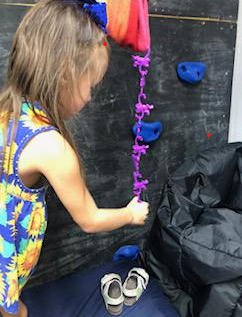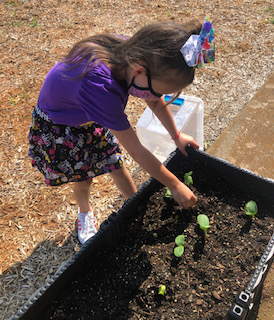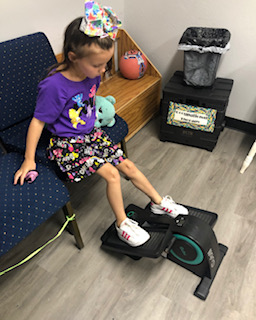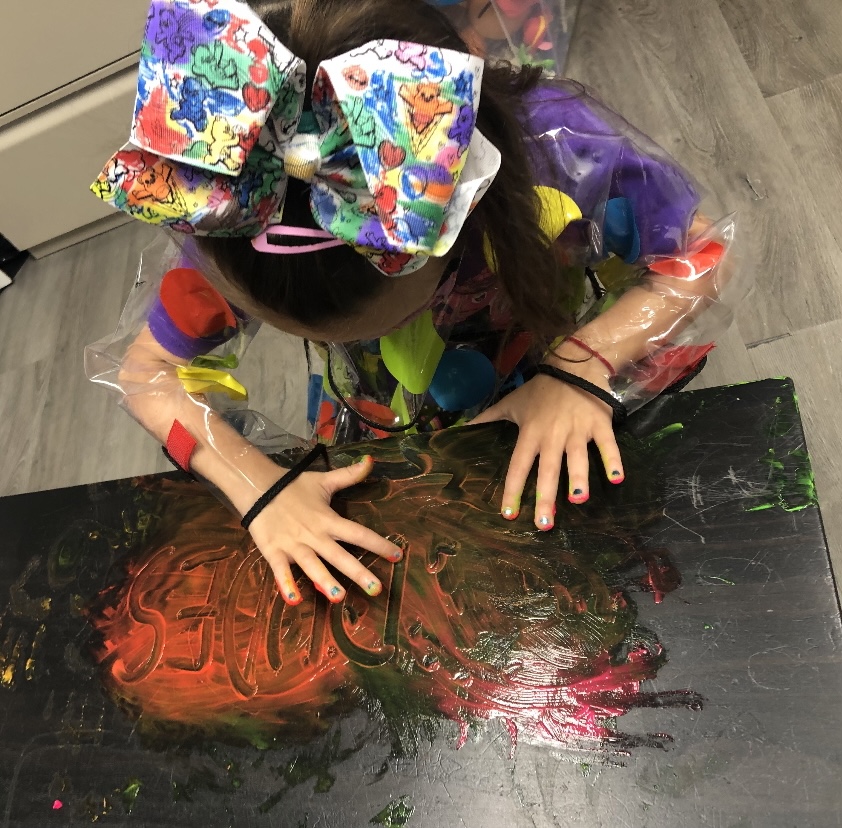Occupational Therapy for Kids (OT)
What is OT?
Pediatric occupational therapy helps children gain independence while also strengthening the development of fine motor skills, sensory motor skills, and visual motor skills that kids need to function and socialize.
Why choose OT?
A child’s role in life is to play and interact with other children. Our pediatric occupational therapists evaluate a child's current skills for playing, school performance, and daily activities and compare them to what is developmentally appropriate for their age group. Occupational therapists help children perform daily activities they may find challenging by addressing sensory, social behavior, motor, and environmental difficulties.
Patients with the following diagnosis may benefit from OT:
- Birth Injuries or Birth Defects
- Sensory Processing Disorders
- Traumatic Injury (Brain or Spinal Cord)
- Learning Problems
- Autism Spectrum Disorders
- Developmental Delays
- Spina Bifida
- Cerebral Palsy
- Premature Birth
- Oral Motor and Feeding Dysfunction
- Acute or Chronic Neuromuscular Problems
- Genetic Disorders
- Congenial Anomalies
- Down Syndrome
- Failure to Thrive
- Hypotonicity (Low / Weak Muscle Tone)
- Hypotonicity (Hhigh / Increased Muscle Tone)
- Seizure Disorders




Fine Motor Development
Milestones
- Lying on back, tracks rattle 90 degrees from midline to each side.
- Tracks rattle to midline on both sides.
- Tracks small ball beyond midline on both sides.
- After holding rattle for 5 seconds, drops rattle within 3 seconds.
- Grasps rattle.
- Holds rattle for 30 seconds.
- Lying on back, extends straight arms toward rattle.
- Lying on back, moves hand within 4 inches of midline to reach toy.
- Lying on back, engages fingers in mutual touching.
- Moves rattle 15 degrees.
- Grasps and pulls string to obtain toy.
- Grabs paper.
- Grasps and holds cube.
- Picks up two cubes and retains both.
- Transfers cube to other hand and picks up a second cube with the original hand.
- Touches pellets with fingers.
- Bangs cup on the table.
- Grasps cube with thumb and first and second fingers with space visible between cube and palm.
- Using raking motion, secures 2 pellets at once.
- Grasps pellet with thumb against side of curled index finger.
- Extends hand toward third cube while holding cube in each hand.
- Removes 3 pegs from pegboard.
- Removes both socks.
- Picks up pellet with thumb and index finger and drops it into cup.
- Grasps pellet with pad of thumb and pad of index finger, with hand, wrist, and arm on table.
- With hand approaching from the top, grasps cube with thumb opposed to fist and second finger pads with space visible between cube and palm.
- Stacks 2 to 3 cubes.
- Places two shapes into correct holes in form board.
- Grasps marker with thumb and first finger toward paper and remaining fingers around marker.
- Removes screw-on lid from bottle.
- Stacks 8 to 10 cubes.
- Cuts paper in one pace.
- Draws horizontal line.
- Strings 2 to 4 beads.
- Builds bridge of 3 blocks.
- Draws a circle.
- Builds wall of 4 blocks.
- Cuts paper in 2 pieces.
- Laces 3 holes.
- Cuts with one-half inch of line for entire length of line.
- Draws a cross.
- Grasps marker with thumb and pad of index finger, other 3 fingers are secure against palm, upper potion of marker rests between thumb and index finger, and child moves hand as a unit when drawing.
- Buttons(and unbuttons) one button.